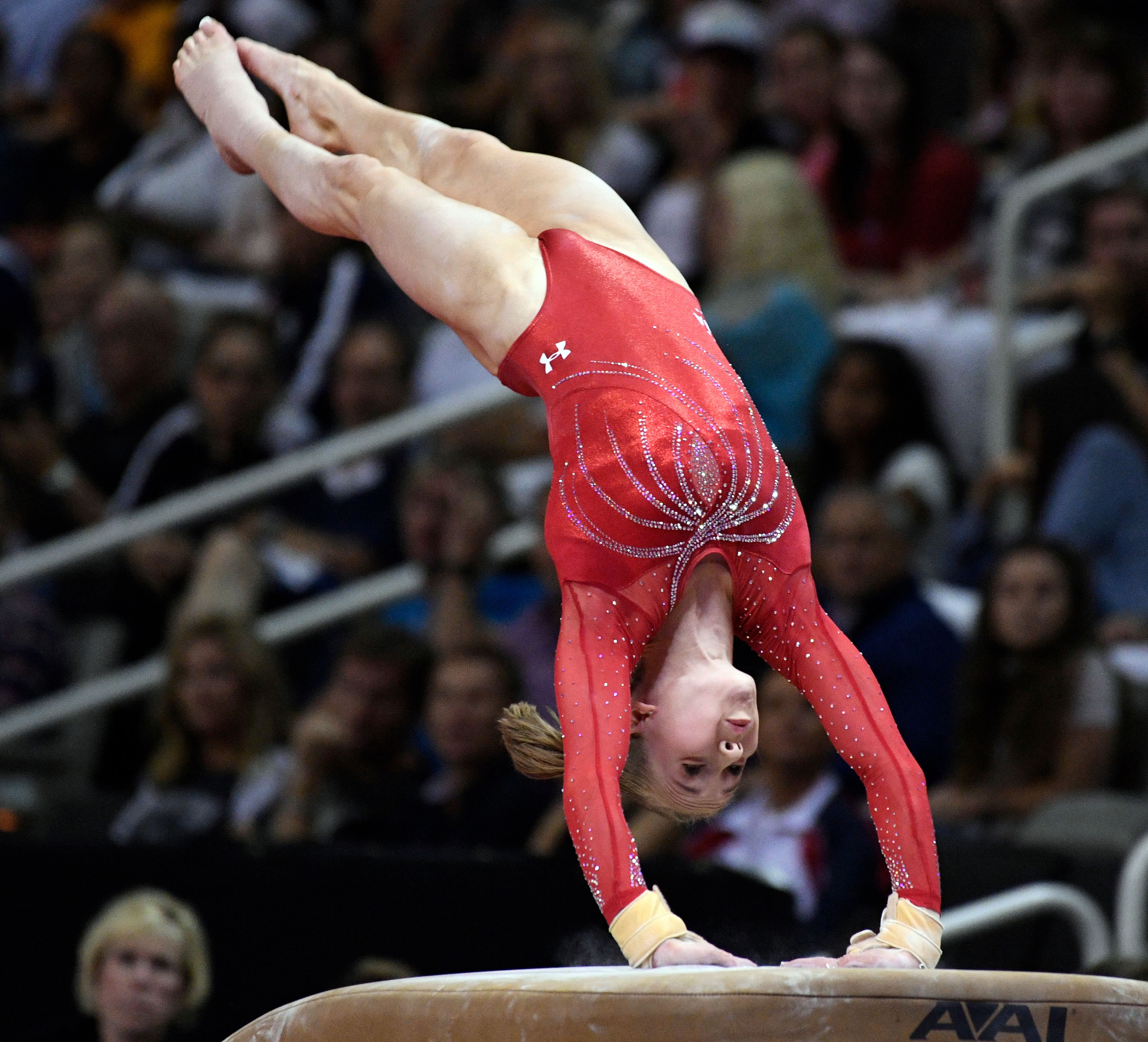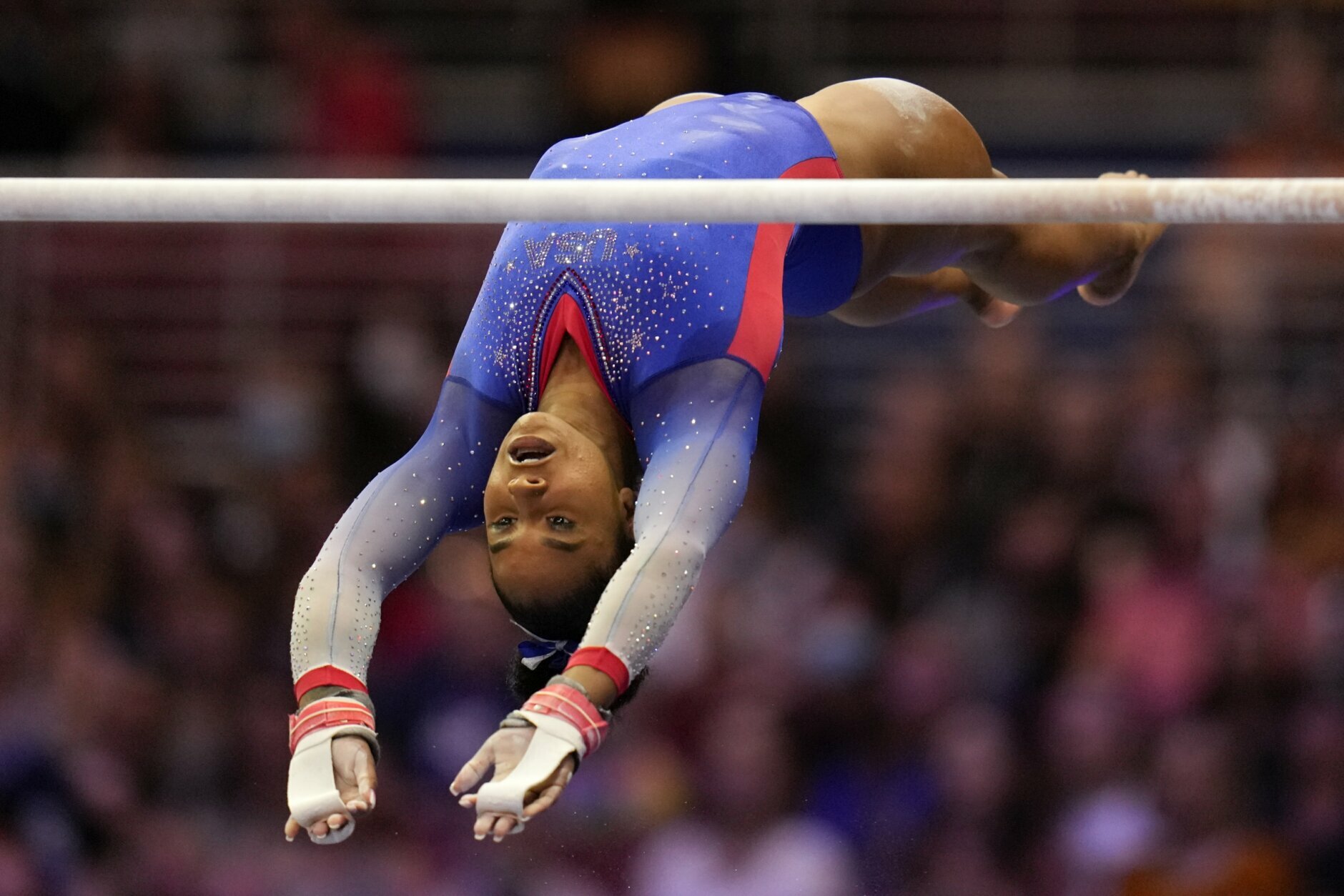Injury Prevention and Treatment: Gymnastics Olympic Trials Injury

Gymnastics olympic trials injury – Gymnastics is a physically demanding sport that requires athletes to perform complex and often dangerous maneuvers. As a result, gymnasts are at risk for a variety of injuries, including sprains, strains, fractures, and dislocations.
Gymnastics Olympic trials injury has been a concern for many gymnasts. Kayla Dicello , a promising gymnast, was forced to withdraw from the trials due to an injury. The injury occurred during a training session, and it is unclear if she will be able to compete in the Olympics.
The gymnastics Olympic trials injury has cast a shadow over the upcoming Games, and it is a reminder of the risks that athletes face when they compete at the highest level.
The prevalence of injuries in gymnastics is high. A study published in the journal “Sports Medicine” found that gymnasts have an injury rate of 10-20 injuries per 1000 athlete-exposures. This is significantly higher than the injury rate for other sports, such as basketball (4 injuries per 1000 athlete-exposures) and soccer (6 injuries per 1000 athlete-exposures).
The most common injuries sustained by gymnasts are sprains and strains. Sprains are injuries to ligaments, which are the bands of tissue that connect bones together. Strains are injuries to muscles or tendons, which are the tissues that connect muscles to bones.
Proper Training and Conditioning
Proper training and conditioning can help to prevent injuries in gymnastics. Gymnasts should warm up properly before each workout and cool down properly afterwards. They should also gradually increase the intensity and duration of their workouts over time to allow their bodies to adapt.
In addition to proper training and conditioning, gymnasts should also use proper equipment and techniques. They should wear properly fitting shoes and clothing, and they should use mats and other safety equipment when necessary.
Treating and Rehabilitating Gymnastics Injuries
When a gymnast is injured, it is important to seek medical attention as soon as possible. The doctor will be able to diagnose the injury and recommend the best course of treatment.
As the gymnastics Olympic trials approached, the air was thick with anticipation. However, tragedy struck when a promising athlete, Kayla Dicello, sustained a devastating injury. Her injury cast a shadow over the competition, reminding everyone of the fragility of human bodies and the sacrifices made in pursuit of athletic excellence.
Despite the setback, the trials continued, showcasing the indomitable spirit of the athletes as they pushed their limits in the face of adversity.
Treatment for gymnastics injuries may include rest, ice, compression, and elevation (RICE). In some cases, surgery may be necessary.
Rehabilitation after a gymnastics injury is essential to help the gymnast regain full range of motion and strength. The rehabilitation process may include physical therapy, occupational therapy, and massage therapy.
Impact on Olympic Trials

Injuries are a significant obstacle for gymnasts hoping to qualify for the Olympics. They can derail training plans, hinder performance, and even end careers. In this section, we will analyze the impact of injuries on gymnasts’ performance at Olympic trials, discuss the challenges faced by injured gymnasts in qualifying for the Olympics, and share stories of gymnasts who have overcome injuries to compete at the Olympic trials.
Challenges Faced by Injured Gymnasts
Injured gymnasts face a number of challenges in qualifying for the Olympics. First, they may have to miss training time, which can put them at a disadvantage compared to their healthy competitors. Second, they may have to compete through pain, which can affect their performance. Third, they may have to modify their routines, which can make it more difficult to qualify for the Olympics.
Despite these challenges, there are a number of gymnasts who have overcome injuries to compete at the Olympic trials. These gymnasts have shown incredible resilience and determination, and their stories are an inspiration to us all.
Stories of Resilience, Gymnastics olympic trials injury
There are many stories of gymnasts who have overcome injuries to compete at the Olympic trials. One such gymnast is Aly Raisman. Raisman suffered a serious knee injury in 2010, but she was able to recover and compete at the 2012 Olympics, where she won a gold medal in the team competition and a bronze medal in the individual all-around competition.
Another gymnast who has overcome injuries to compete at the Olympic trials is Simone Biles. Biles has suffered a number of injuries throughout her career, including a broken foot and a torn ACL. However, she has always been able to bounce back and compete at the highest level. In 2016, she won four gold medals and a bronze medal at the Olympics, and she is expected to be one of the favorites to win gold again in 2020.
The stories of Aly Raisman and Simone Biles are just two examples of the resilience and determination that gymnasts possess. These gymnasts have shown that anything is possible if you set your mind to it.
Role of Medical Professionals

Medical professionals play a crucial role in managing injuries in gymnastics, ensuring the well-being and performance of gymnasts. Doctors, physical therapists, and athletic trainers collaborate to prevent, diagnose, and treat injuries, safeguarding the health of these athletes.
Collaboration in Injury Management
Doctors, physical therapists, and athletic trainers work together as a team to provide comprehensive care for gymnasts. Doctors diagnose injuries, prescribe treatments, and monitor recovery. Physical therapists develop rehabilitation plans to restore range of motion, strength, and function. Athletic trainers provide immediate medical attention, manage injuries, and assist in injury prevention programs.
Importance of Communication
Open communication among gymnasts, coaches, and medical professionals is essential for effective injury management. Gymnasts must report any pain or discomfort promptly to their coaches and medical team. Coaches should be vigilant in observing their athletes for signs of injury and facilitating access to medical attention. Medical professionals should provide clear instructions and explanations to gymnasts and coaches, ensuring they understand the nature of the injury and the prescribed treatment plan.